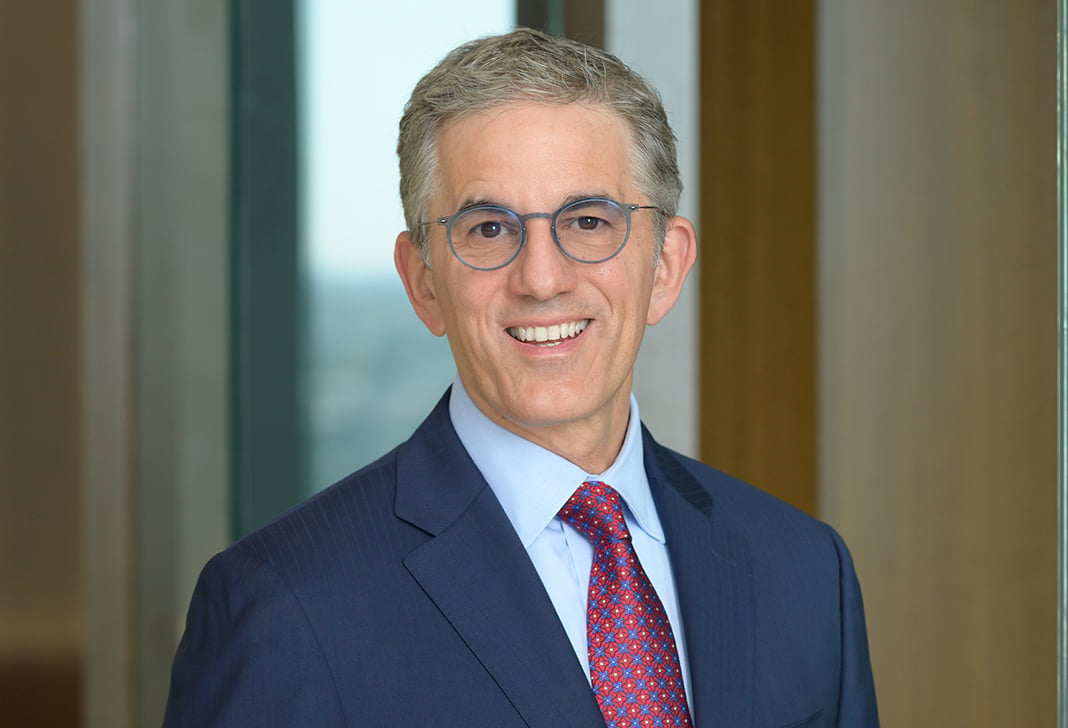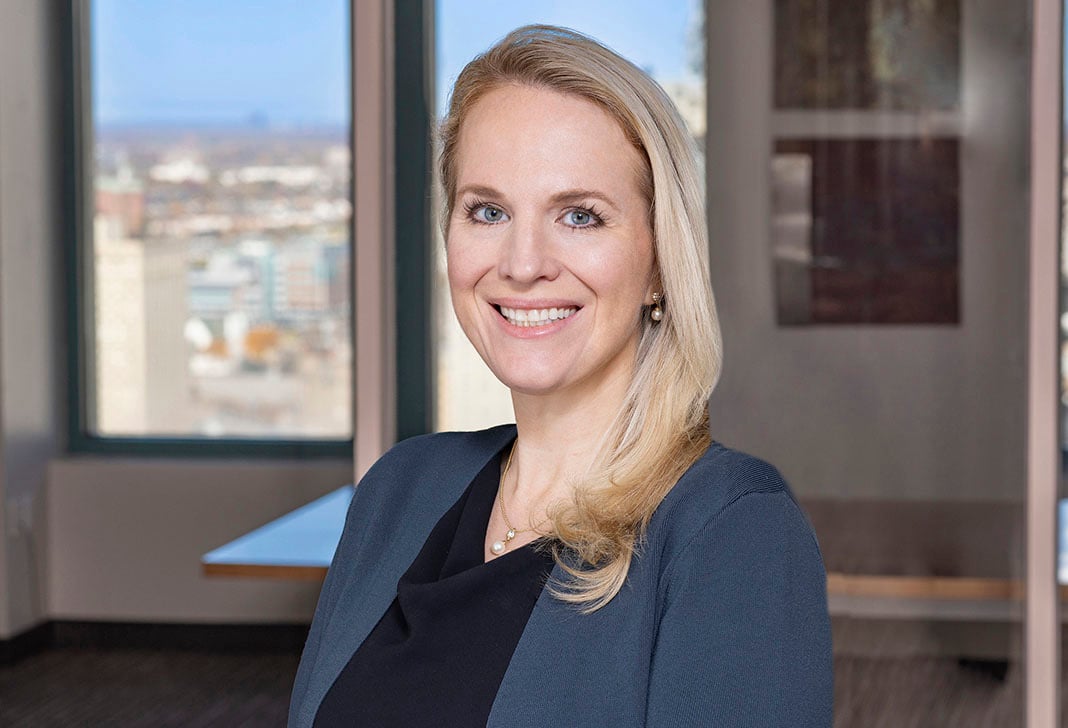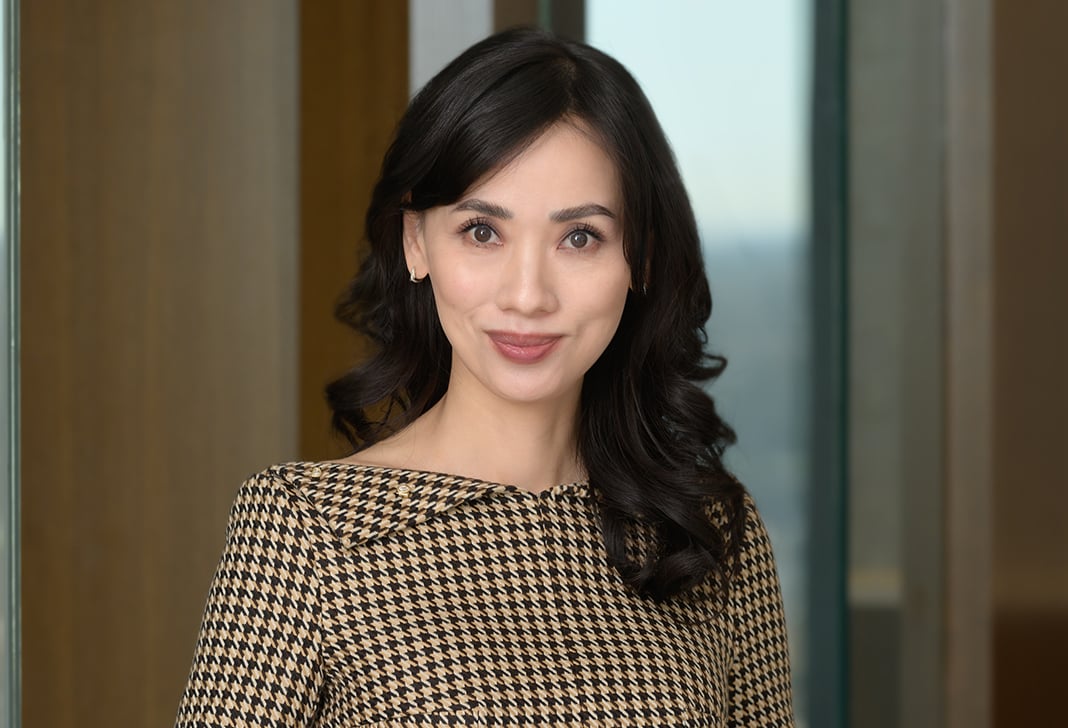
Generative AI-Assisted Patent Inventorship Questions Remain
In Short
The Situation: The U.S. Supreme Court recently denied certiorari in Thaler v. Vidal, leaving intact the Federal Circuit's ruling that only human beings, and not artificial intelligence ("AI") systems, can be inventors under U.S. patent law.
The Result: The issue in Thaler was narrow, and the result was relatively noncontroversial. But Thaler left open questions surrounding AI and patent inventorship—issues that will only become more complex as rapid advances in generative AI raise new questions about inventorship in the context of AI-related patents.
Looking Ahead: Companies that use generative AI as part of their innovative processes will need to be strategic and informed so as to preserve patentable subject matter. It will be important to monitor legal developments in this novel and evolving area.
Generative AI has dominated recent headlines, with daily reports touting its ability to create images, art, essays, video scripts, song lyrics, and software. Every positive story seems to be countered by a negative one—whether it is a concern about deepfakes being used for ill purposes or a generative AI system that "hallucinates" facts and resources that are untrue or do not exist.
Nevertheless, generative AI is indeed capable of creating new, functionally useful things—and its capacity to do so will only expand as technology progresses. Indeed, generative AI tools are already being used to identify new therapeutic drugs and formulations, design microchips, and improve AI architectures. These developments present many novel questions for patent law, such as: Who are the properly named inventors of AI-assisted inventions? What written description does an AI-assisted invention require, and what level of detail is sufficient to enable others to make and use the invention? How does the general availability of generative AI affect the level of skill assumed to be possessed by a person of ordinary skill in the art, or POSITA? And what risks come with the use of generative AI to assist in drafting and prosecuting patent applications? This Commentary will discuss the question of inventorship—with future Commentaries delving into some of the other questions.
Article I, Section 8, Clause 8 of the U.S. Constitution says that Congress shall have power "To promote the Progress of Science and useful Arts, by securing for limited Times to Authors and Inventors the exclusive Right to their respective Writings and Discoveries." Recently, Thaler v. Vidal presented the issue of whether an AI system can be named as an inventor on a patent in the absence of a human counterpart. The Federal Circuit held that it cannot—only human beings are able to be inventors under U.S. patent law. Thaler v. Vidal, 43 F.4th 1207, 1210 (Fed. Cir. 2022), cert. denied (U.S. Apr. 24, 2023). The Supreme Court denied certiorari in Thaler, leaving its holding as settled law at this time. Id.
But Thaler is only the tip of the proverbial iceberg, and it leaves more questions open than resolved. The Federal Circuit explicitly declined to address "the question of whether inventions made by human beings with the assistance of AI are eligible for patent protection." Thaler, 43 F.4th at 1213 (emphasis original). In other words, when AI generates something new and useful, does it go into the public domain? Or can humans receive inventorship credit for the AI's invention? And if so, who?
Analysis of joint inventorship under normal circumstances can already be a murky endeavor, which is likely to be exacerbated in instances of generative AI-assisted inventions. Under current law, the bar for a person to be considered a joint inventor is fairly low. Joint inventors need not "physically work together or at the same time" or make the "same type or amount of contribution" or even contribute "to the subject matter of every claim of the patent." Section 116(a). There is "no explicit lower limit on the quantum or quality of inventive contribution required for a person to qualify as a joint inventor." Eli Lilly & Co. v. Aradigm Corp., 376 F.3d 1352, 1358 (Fed. Cir. 2004) (citing Fina Oil Chem. Co. v. Ewen, 123 F.3d 1466, 1473). "All that is required of a joint inventor is that he or she (1) contribute in some significant manner to the conception or reduction to practice of the invention, (2) make a contribution to the claimed invention that is not insignificant in quality, when that contribution is measured against the dimension of the full invention, and (3) do more than merely explain to the real inventors well-known concepts and/or the current state of the art." Pannu v. Iolab Corp., 155 F.3d 1344, 1351 (Fed. Cir. 1998) (quoted by Plastipak Packaging, Inc. v. Premium Waters, Inc., 55 F.4th 1332, 1340 (Fed. Cir. 2022).
The generative AI systems being used to create innovative content tend to involve contributions of multiple people serving in different roles. Generative AI, sometimes implemented as large language models, is typically implemented in software as one or more deep neural networks comprising connected nodes, inspired by how neurons fire and interconnect in the brain. There are many subtypes of such architectures, and the precise implementation choice and refinement require the skill of an AI architect. Once the architecture of a model is chosen, the model is trained so that the nodes (neurons) learn to activate in a way that produces a meaningful response to input.
The complexity of deep neural networks is often immense, and proper training depends on the skill of an AI practitioner to ensure that the training data set is of sufficient size and quality to provide productive training. Training and testing is an iterative process and may involve tuning and refinement. After tuning and refinement, the AI model is ready to be used by its users. A user provides an input or "prompt" to the model and the model responds by producing an output, which may require further verification, testing, and refining by a user before it is useful.
For example, in the life sciences, the structure and function of a protein sequence or even a small molecule may require intensive, expensive experimentation to discover or verify. In the highly complex models in use today, each step of creating the AI and using the AI—architecting, training, tuning, prompting, and further processing—may involve large teams of practitioners of various fields who have varying degrees of interaction with each other.
That various people might create, implement, and use a particular AI tool raises questions as to who, exactly, qualifies as an inventor on an invention generated by that AI (see our recent Commentary). Candidate inventors fall into two categories: creators and users. The creators are those who create the AI model: the architects, the data collectors, the trainers, the fine tuners, and so on. The users are those who use the resulting trained AI model to produce output that eventually takes shape as an invention: the prompters and the end users, i.e. those who process the AI's output, including anyone who verifies, tests, or refines it.
As to the creators of AI, at first glance it may seem that AI creators have an easy claim to inventorship. After all, architectures and training procedures are eligible for patenting in themselves. Moreover, much of the AI-assisted innovation in the life sciences today is characterized by partnerships between an AI enterprise and a life sciences enterprise, and the contracts governing these partnerships typically provide clarity as to ownership of any resulting patents. However, IP ownership is independent of the question of inventorship—which remains an important question, as a patent is invalid if it does not name all of its inventors.
Instead, current case law hints that AI creators may not qualify for contributing to any inventions that the AI generates. For example, in Dana-Farber Cancer Institute, Inc. v. Ono Pharmaceutical Co., 964 F.3d 1365 (Fed. Cir. 2020), for example, the Federal Circuit held that certain users of a software tool called BLAST qualified as inventors on a patent at issue—but whether the creators of the BLAST tool could also qualify as inventors was not discussed. This case law, however, does not take into account the ability of AI to generate novel content. Another consideration is that the creators of AI may not qualify as joint inventors simply because procedurally it would be too difficult or impractical to join to the patent the tens, hundreds, or even thousands of engineers who significantly contributed to creating the AI that generated or was used to generate or validate the invention.
Users of generative AI—namely, the people who provide the input and reduce the output to practice—arguably have differing potential pathways to claim inventorship largely based on how such users interact with an AI system.
As one example, an end user who verifies, tests, and refines the output of an AI system may have a claim for inventorship especially as these actions may be needed to address hallucinations by the generative AI (i.e., assume or generate facts that are not true). Further, human verification may be required in order to ensure that algorithmic bias in the AI model is eliminated and/or to otherwise verify that the output is compliant with the company's policies and procedures.
However, putting these issues aside, humans typically remain central to an AI-innovation loop today. In recent comments to the U.S. Patent and Trademark Office ("USPTO") on questions of AI invention, practitioners generally agreed that AI-assisted innovation was still human-centric in that human supervision and control of AI tools are central to the innovation process. According to these comments, humans making refinements in the AI-invention loop would satisfy the conception requirement so as to qualify as inventors.
In a second example, a user providing little if any verification or refinement of AI-output may have a more difficulty qualifying as a generative AI-assisted invention. Generative AI may in some instances provides wholly novel output in response to a user's prompt, and how inventorship should be handled in that instance is currently unclear.
A comparison to copyright law is interesting and may be useful. As discussed in our recent Commentary, the United States Copyright Office recently issued policy rejecting copyright for AI-generated material. 88 Fed. Reg. 16,190 (Mar. 16, 2023). The Office's view is that "[i]f a work's traditional elements of authorship were produced by a machine, the work lacks human authorship and the Office will not register it." Id. at 16,192. When a human gives an AI "solely a prompt" and the AI generates "complex written, visual, or musical works in response," the situation is akin to the human giving "instructions to a commissioned artist." Id. The AI is the one that "determines the expressive elements of its output," so the resulting work "is not protected by copyright and must be disclaimed in a registration application." Id. Thus, copyright provides some indication that prompt engineers may not qualify as inventors.
With that said, this logic depends on copyright's requirement of human authorship; whether this logic extends to human inventorship remains to be seen. While there may be some creativity involved when a user's inputted prompt results in an AI model's generation of content, the input might not be sufficiently creative to constitute "inventorship" of the output. Congress or the courts will have to decide difficult questions related to whether a user's prompt(s) to a generative AI system can qualify as contributing to the conception of the output (assuming, of course, that the output would otherwise be considered patentable subject matter).
Another question is whether users of AI can claim inventorship for themselves due to current laws generally not recognizing computers or software as being inventors. (This option may become particularly critical in not-too-distant instances where AI innovates without any human in the loop. Notably, Thaler claimed that his AI innovates without human contribution. Thaler, 43 F.4th at 1209.) One answer may be that humans deserve a patent because they can recognize and appreciate an invention.
For example, the Intellectual Property Owners Association ("IPO") wrote to the USPTO that "current precedent requires 'contemporaneous recognition and appreciation of the invention for there to be conception.' The decisions in Silvestri and Invitrogen suggest that an invention can be entirely duplicated prior to legal conception by an inventor if the invention is unrecognized and unappreciated in the first instance." (citing Silvestri v. Grant, 496 F.2d 593, 596 (CCPA 1974); Invitrogen, Corp. v. Clontech Laboratories, Inc., 429 F.3d 1052, 1064 (Fed. Cir. 2005).) While current generative AI may not recognize and appreciate inventions, it is foreseeable that AI may advance to the point where it may be capable of recognizing an invention, at which point a new answer to the question of inventorship will be required, especially if the IPO's position is adopted.
Generative AI has raised difficult questions of inventorship that will require guidance from Congress and/or the courts. These questions are likely to become more complex as generative AI capabilities expand and evolve. And they are foreshadowed by difficult questions that are already being raised in other areas of patent law, such as enablement. Look forward to upcoming Commentaries for further discussion.
Two Key Takeaways
- Generative AI will be increasingly used to generate and validate innovations across diverse technologies.
- Although the law is unclear at the moment, there may be circumstances in which individuals who verify, test, and refine the output of generative AI can qualify as inventors provided traditional elements of patentability and inventorship are met.








